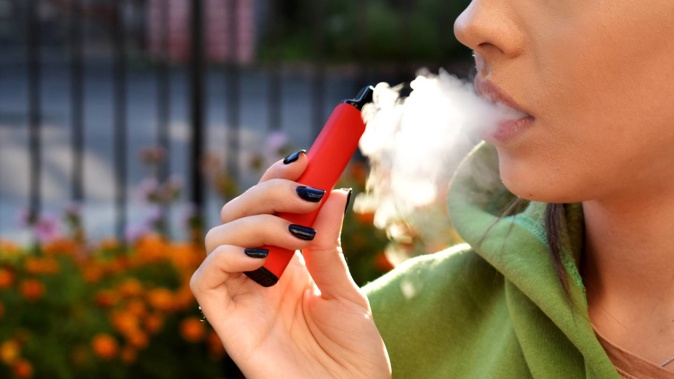
By Rachel Graham of RNZ
A new WHO report shows there are now four countries that have met all of its anti-smoking best practice measures. New Zealand was almost up there but falls short in one area - the promotion of vaping.
The guidelines, known as the MPOWER measures, outline six steps the WHO recommends as best practice on tobacco.
They include monitoring tobacco use, protecting people from tobacco smoke, and raising taxes on tobacco.
The WHO said the Netherlands is now the fourth country in the world, following Turkey, Brazil and Mauritius, to meet all six goals.
New Zealand is one of eight countries almost there.
University of Auckland research fellow focusing on child health Dr Victoria Egli said New Zealand was held back by not banning the promotion of tobacco, specifically of tobacco vape products.
“We can’t get there unless the government implements a complete ban and enforces that ban on all forms of tobacco marketing nationwide.
“And it’s important for our kids and for our kids’ health, because what we are seeing is the rates of children starting to vape is increasing so we know the marketing from these tobacco companies is reaching our kids.”
The government recently introduced legislation that will ban vape stores within 300 metres of schools, but Egli would like to see that extended further and include other child-centred spaces such as playgrounds and movie theatres.
/cloudfront-ap-southeast-2.images.arcpublishing.com/nzme/4MTYWQRJXFAC3K3XKBNCIBI2AY.jpg)
Vaping is on the rise due to the popularity of disposable vapes, which have "ridiculous flavours". Photo / Getty Images
Janet Hoek, a professor of public health at the University of Otago based in Wellington, and co-director of Aspire Aotearoa, a research centre focused on making New Zealand smokefree, said in many ways the country had already gone well beyond the measures outlined in the WHO guidelines.
“The new policies to control smoke tobacco here include a large reduction in the number of outlets selling tobacco products, denicotinisation, and the introduction of a smokefree generation. These are going to be really profound and, we hope, transformational measures.”
Professor Hoek said vaping could provide a reduced-harm alternative for people who could not stop smoking, but young people have been aggressively targeted to encourage them to take up vaping.
She would like to see vaping products removed from dairies and other convenience stores.
“Make them only available in specialist R-18 stores where they are the only product that is sold in those stores.
“We know from work we have done that people who work in those stores typically know more about the products that they sell and are better able to advise people who smoke about the transition from smoking to vaping.”
She would also like to see the removal of disposable vapes, which she said were far more attractive to young people who did not yet smoke than they were to long-term smokers trying to quit.
ASH - Action for Smokefree 2025 director Ben Youdan also believed New Zealand’s smokefree policies had already gone far beyond the measures sought by the WHO.
He said in New Zealand smoking levels across the whole population have dropped markedly, but a major issue was the disparity in who was still smoking.
Youdan said that was where the focus should go.
“Particularly those New Zealanders living in the poorest communities and also with our Pasifika smoking rates which haven’t changed a great deal in the last decade.
“We are down to low smoking rates as a population, down to around 7 or 8 per cent but we need to put much more effort into those communities who still smoke to support and encourage them to become smoke-free in the next couple of years.”
The Ministry of Health has been contacted for comment.
- RNZ
Take your Radio, Podcasts and Music with you









